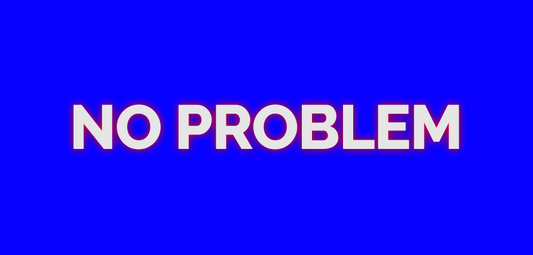A short essay about ‘Founder Brand Bias’ – the silent killer of your startup’s sales
You built it. You love it. You can’t stop talking about it.
Your software is “revolutionary”. “Game-changing”. “Industry-disrupting”.
And yet… no one cares. Not really.
Welcome to Founder Brand Bias — a condition affecting thousands of founders worldwide who mistakenly believe that buyers actually want to hear from them.
Symptoms include:
- Posting thought leadership pieces that receive exactly 3 likes (one from your company page, one from your dentist, and one from an intern who doesn’t know any better).
- Riffing on “personal branding” only to attract an army of other founders trying to sell you THEIR software.
- Thinking that storytelling will somehow sell more seats instead of just giving people a reason to scroll past your post.
Nobody wants to buy from the person who built the thing
What no one tells you: The best founders are lurkers.
The silent majority.
The ones who stay in the shadows, quietly watching LinkedIn debates spiral out of control while they sip coffee and re-optimize their onboarding flow.
The less you say, the more you sell.
The second you put yourself out there, you risk:
- Sounding like a desperate SaaS founder begging for validation.
- Being mistaken for a “growth hacker” (🤢).
- Inviting people to ask for a discount.
How to cure Founder Brand Bias (without losing your investors)
You can’t not talk about your product forever.
So what’s the alternative? Storytelling. But not the kind you think.
Forget the “hero’s journey” nonsense where you cast yourself as the main character who went from ramen to riches.
Nobody cares about your "why" as much as you do. Instead, apply these practical tactics:
1. Make your buyer the star
Instead of:
🚫 "We built an AI-powered CRM that automates your cold outbound follow-ups!" (Congrats, so did 500 others.)
Try this:
✅ "Meet Lizzy. She was drowning in follow-ups and losing deals. Then she found a way to save 2,000 hours a day — without leaving her co-working office."
People don’t care that much about your features. They care about their own survival. Frame your messaging around what’s in it for them.
2. Stop writing like a founder, start writing like a buyer
Instead of:
🚫 "We built this platform to revolutionize the industry!”
Try this:
✅ "Ever sent a cold sales email and immediately regretted it? Yeah, us too. That’s why we par-boil our email lists for 12 minutes to remove any unwanted spam before sending."
People relate to their problems more than your so-called solutions. If your messaging sounds like an investor pitch, nobody outside of the VC echo chamber will care.

3. Use the ‘Trigger-Problem-Solution’ formula
Great stories start with a relatable trigger (something your buyer immediately connects with). Try these:
- Trigger: “Remember when Slack went down for two hours and the entire sales team sighed in relief?”
- Problem: “We realized 89% of our internal communication relied on a single tool. Huge risk.”
- Solution: “That’s why we built a lightweight, fail-proof backup chat system that works even when your main app crashes. It's called talking with your mouth.”
No fluff. No ‘vision statements.’ Just pure relevance.
4. Steal from stand-up comedy: set up the punchline, then deliver
Instead of:
🚫 “Our software streamlines your entire workflow with advanced integrations." (Mega yawn.)
Try this:
✅ “We noticed most ‘integrations’ feel like duct-taped nightmares. So we built ones that actually doesn't even turn on. First try."
Comedy is about timing, contrast, and surprise. Use it to defy expectations and keep buyers engaged. Look, at least you will make yourself laugh.
5. Post less, lurk more
Counterintuitive? Yes. Effective? Absolutely.
Instead of posting seventeen times a week with the same "thought leadership" takes, go violently stealth on your entire market.
- Delete your LinkedIn post before it ruins your lurking streak.
- Ignore every inbound request. The best way to win is to do nothing and let the algorithm bury your competitors under 50,000 “engagement hacks.”
- Let your product do the talking. But quietly. Without testimonials. Without case studies. If it’s good, they’ll find it… eventually.
Honestly, just don’t try
The only founders who build great brands are the ones who refuse to build a brand.
Stay mysterious. Let the lurkers come to you. And for the love of all things SaaS, stop posting about how you’re “building in public.”
Your software deserves better. Your buyers deserve some peace.
Think this is satire? Try selling your software on LinkedIn. See what happens.






